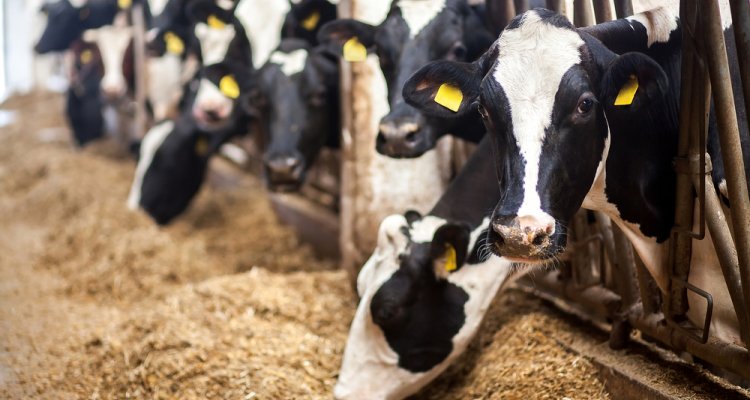
Project
Relationship between microbiome and genetics
What is the relationship between the composition of the rumen microbiome and the cow's genetics? The integrated approach to methane and ammonia in dairy farming, with the aim of implementing the targeted reductions in 2030, means that for the ration, the entire chain of measures and practices to arrive at a ration (ensilage, grassland management, grass harvesting, quality, grazing, fertilisation, etc.) must be investigated. The effects of this in practice will be tested on pilot farms and demonstrated on demo farms so that action perspectives can be given to farmers.
For the animal part of the approach, this involves new knowledge about basic digestive processes related to microbiome, genetics (DNA), nurture and feed composition, feed conversion and excretion by dairy cattle from (unborn) calf to productive dairy cow and the effects on methane and ammonia emissions. These new insights should start giving the farmer action perspectives in animal management and interaction with the feed trail. Together, the feed and animal track lead to integrated measures that are also part of testing on pilot and demonstration farms.
Project
Dissemination of knowledge to farmers, farm owners and monitoring of implementation complement the whole into a coherent programme from knowledge development to final implementation on farms.
The research projects as part of the integrated approach to methane and ammonia logically focus on a partial aspect (ration or animal), but there is a close connection between the various projects so that interaction towards integrality is guaranteed.
The project What is the relationship between the composition of the rumen microbiome and the genetics of the cow? deals with the animal component of the integral approach and explores the extent of heritability of the microbiome and insights into the role of microbiome for methane and ammonia emissions.